What is Spunlace Fabric? A Comprehensive Guide to its Properties & Uses
Introduction
In the world of textiles, there’s a silent revolution happening. A revolution driven by innovation, versatility, and sustainability. At the heart of this revolution lies spunlace fabric, a nonwoven material rapidly gaining traction across industries. But what exactly is spunlace fabric, and what makes it so special?
This comprehensive guide delves deep into the world of spunlace, exploring its manufacturing process, unique properties, and diverse applications. Whether you’re a manufacturer seeking innovative materials, a supplier exploring new markets, or simply curious about the fabrics around you, this guide has something for everyone.
What is Spunlace Fabric?
Spunlace fabric, also known as spunlace nonwoven fabric or spunlaced fabric, is a type of nonwoven material made without weaving or knitting. Unlike traditional textiles that interlace yarns, spunlace fabric gets created by entangling fibers mechanically, thermally, or chemically. The result? A durable, versatile fabric with a wide range of applications.
The Spunlacing Process: From Fiber to Fabric
The magic of spunlace material lies in its unique manufacturing process, known as hydroentanglement or water jetting. Let’s break down this process into manageable steps:
1. Fiber Preparation: The journey begins with carefully selected fibers, typically polyester, rayon, cotton, or blends. These fibers are carded and layered to form a web – the foundation of our spunlace fabric.
2. Web Formation: The fiber web, still in its delicate state, moves onto a conveyor belt, ready for its transformation.
3. High-Pressure Water Jets: Here’s where the magic happens. The web passes through a series of high-pressure water jets. These jets strike the web with immense force, entangling the fibers and binding them together. This hydroentanglement process gives spunlace fabric its strength, integrity, and unique texture.
4. Drying and Finishing: The now-bonded fabric enters a drying chamber, removing excess moisture. Finally, the spunlace fabric undergoes finishing treatments to enhance specific properties like softness, absorbency, or resistance to liquids.

Get Free Sample Kit Of Our Fabric At Your Door Step
- Online Order
- Door Delivery
- 1-Click Quotation
Properties that Set Spunlace Apart
What makes spunlace fabric a sought-after material across industries? The answer lies in its impressive array of properties:
Strength and Durability
Thanks to the entangled fiber structure, spunlace fabric exhibits excellent tensile strength. It can withstand high stress and strain, making it ideal for applications requiring durability.
Softness and Comfort
Despite its strength, spunlace fabric remains incredibly soft and comfortable against the skin. This unique combination makes it suitable for applications ranging from baby wipes to medical textiles.
High Absorbency
The intricate fiber arrangement creates a vast surface area, allowing spunlace fabric to absorb liquids quickly and efficiently. This property is particularly valuable in products like wipes, medical dressings, and absorbent pads.
Breathability
The spaces between entangled fibers allow air to pass through freely, making spunlace fabric highly breathable. This characteristic is essential for applications requiring ventilation, such as wound dressings and hygiene products.
Lint-Free Nature
Unlike some woven fabrics, spunlace fabric is inherently lint-free. This property is crucial in applications where contamination from lint particles is unacceptable, such as in electronics cleaning or medical settings.
Biodegradability
Depending on the fiber composition, spunlace fabric can be biodegradable, making it an environmentally friendly alternative to some traditional textiles. This aspect is becoming increasingly important as sustainability takes center stage.
Unveiling the Diverse Applications of Spunlace Fabric
The versatility of spunlace fabric knows no bounds. Its unique properties make it a preferred choice across a multitude of industries. Let’s explore some of its most notable applications:
1. Wipes and Personal Hygiene
Spunlace fabric reigns supreme in the world of wipes. Its softness, absorbency, and lint-free nature make it ideal for baby wipes, facial wipes, makeup remover pads, and wet wipes.
2. Medical Textiles
The medical industry relies heavily on the unique properties of spunlace fabric. Its strength, absorbency, and biodegradability make it suitable for wound dressings, surgical gowns, surgical drapes, and other medical textiles.
3. Hygiene Products
From feminine hygiene products to adult incontinence products, spunlace fabric plays a vital role in maintaining hygiene and comfort.
4. Filtration
The fine structure of spunlace fabric makes it an effective filtration medium. It finds applications in air filters, coffee filters, tea bags, and other filtration products.
5. Automotive Industry
The automotive industry utilizes spunlace fabric for various applications, including interior trims, seat covers, and sound insulation materials.
6. Agriculture
Spunlace fabric contributes to sustainable agriculture through applications like weed control fabrics and protective covers for crops.
7. Geotextiles
The durability and strength of spunlace fabric make it suitable for use in geotextiles, such as erosion control blankets and drainage fabrics.
Spunlace Fabric vs. the Competition: Understanding the Differences
While spunlace fabric offers a compelling combination of properties, it’s essential to understand how it compares to other nonwoven fabrics:
Spunlace vs. Needlepunch
While both are nonwoven fabrics, the manufacturing process differs significantly. Needlepunch fabrics use barbed needles to mechanically entangle fibers, resulting in a denser, more compact fabric. In contrast, spunlace utilizes high-pressure water jets, yielding a softer, more drapeable material.
Spunlace vs. Spunbond
Spunbond fabrics are created by bonding fibers together using heat or chemical bonding agents. While spunbond fabrics are typically stronger, spunlace fabrics offer superior softness and absorbency.
Spunlace vs. Meltblown
Meltblown fabrics are created by extruding molten polymer fibers through a spinneret. These fabrics are known for their fine fiber diameter and excellent filtration properties. However, spunlace fabrics are generally stronger and more durable.

Get Free Sample Kit Of Our Fabric At Your Door Step
- Online Order
- Door Delivery
- 1-Click Quotation
Answering Your Questions About Spunlace Fabric: A Quick FAQ
What is spunlace fabric made of?
Spunlace fabric can be made from various fibers, including:
- Polyester: Offers strength, durability, and resistance to wrinkles and shrinking.
- Rayon: Provides softness, absorbency, and a luxurious feel.
- Cotton: Adds natural softness, breathability, and biodegradability.
- Blends: Combining different fibers allows manufacturers to customize the properties of spunlace fabric for specific applications.
Is spunlace plastic?
Whether spunlace fabric is considered “plastic” depends on the fibers used. While polyester is a synthetic polymer (plastic), spunlace fabrics can also be made from natural fibers like cotton or a blend of natural and synthetic fibers.
What is the difference between spunbond and spunlace fabric?
The primary difference lies in the bonding process. Spunbond fabrics use heat or chemical bonding, while spunlace utilizes hydroentanglement (water jetting). This difference results in distinct properties, with spunlace fabrics generally being softer and more absorbent, while spunbond fabrics might be stronger.
The biodegradability of spunlace fabric depends on the fibers used. Spunlace fabrics made from natural fibers like cotton are biodegradable. However, those made from synthetic fibers like polyester are not biodegradable.
Favourite Fab: Your Partner in Spunlace Innovation
At Favourite Fab, we’re passionate about providing high-quality spunlace fabrics tailored to our client’s unique needs. Our expertise in the nonwoven industry allows us to deliver innovative solutions for various applications.
Contact us today to discuss your spunlace fabric requirements and discover how we can help you achieve your goals.
Email: sale@favouritehub.com
WhatsApp: +91 9528811566



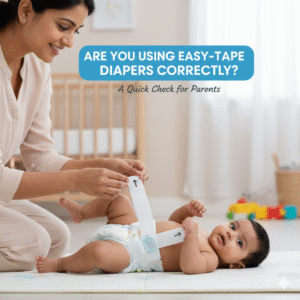
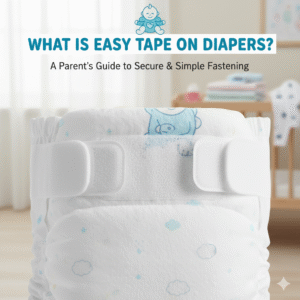
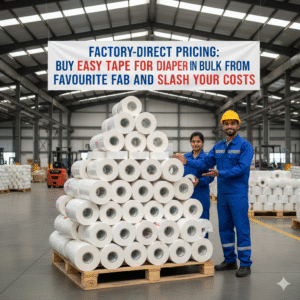
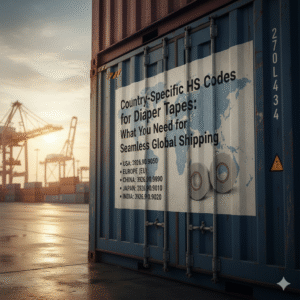
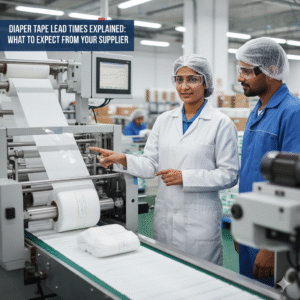
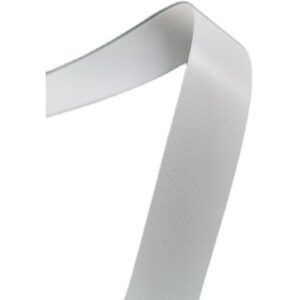
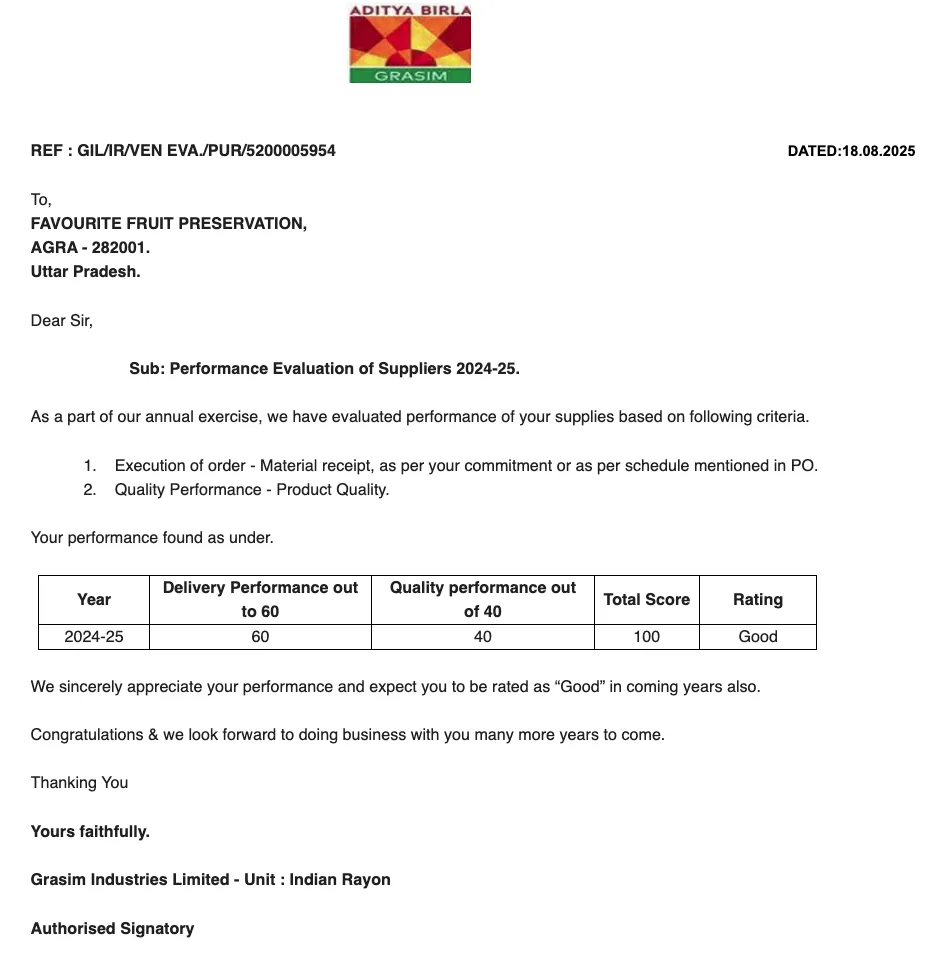




























We Do Business On Trust.Our Nonwoven fabric Business is Built on trust. Trust starts with Transparency.
Mr.Ramniwas Garg Founder Of Favourite Group